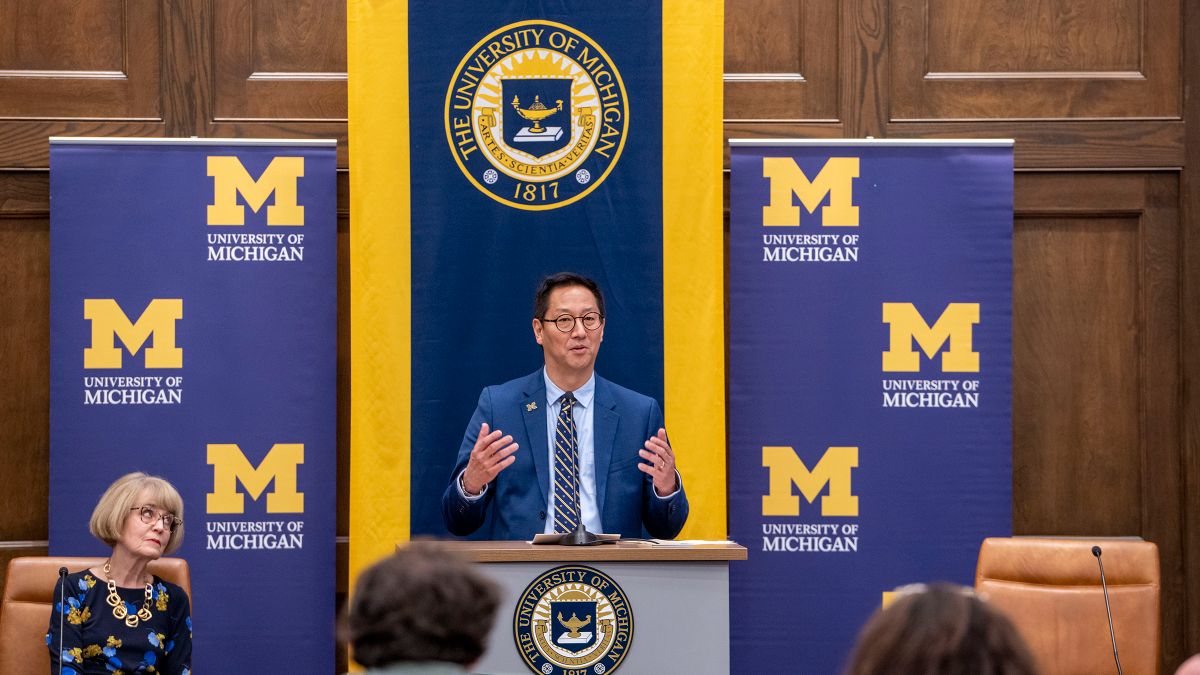
975,000 students enrolled in Massive Open Online Courses (MOOCs) last week, according to online education company Class Central. The massive number of enrollments shows the growing popularity of MOOCs and open online education.
MOOCs provide a platform for learning various topics by available educational resources online. Students can access course materials, watch video lectures, take quizzes and exams, get feedback on assignments, discuss topics with peers, and connect with instructors—all for free. Major providers of MOOCs include edX, Coursera, Udemy, Alison, and Udacity.
The rise in MOOC enrollments is a sign of democratization of education. MOOCs make high-quality education more accessible and affordable for learners around the world. Students can choose from a wide range of courses in various subjects and study at their own pace using flexible schedules. They have the opportunity to learn from renowned professors and institutions from top universities.
Major potential benefits of MOOCs include cost effectiveness, scalability, personalization, and interactivity. However, MOOCs also face challenges such as high dropout rates, lack of accreditation, limited ability to provide hands-on guidance, and issues with assessment and credentialing. Despite the limitations, MOOCs continue to gain popularity and influence how education is delivered and perceived in the digital age.
Overall, the massive enrollment numbers highlight the promise of MOOCs and open online learning. When developed and implemented effectively, MOOCs can disrupt traditional education systems and improve access to educational resources for learners worldwide. As the MOOC market continues to grow, players in this space will drive innovation, expand educational opportunities, and nurture a new generation of lifelong learners.